Imagine a world where efficient public transport not only helps you save money but also significantly reduces your carbon footprint. For New Zealanders, this is not just a dream but a viable reality. As urban centers grow and environmental concerns become more pressing, optimizing public transport use is crucial for both financial savings and sustainability. Understanding the nuances of New Zealand’s public transport system can empower you to make informed choices that benefit your wallet and the planet.
Understanding New Zealand's Public Transport Landscape
New Zealand's public transport system is a complex web of buses, trains, and ferries. Each city offers unique services tailored to its population and infrastructure. For instance, Auckland's extensive network includes trains, buses, and ferries that connect the city’s sprawling suburbs. In contrast, Wellington’s compact geography allows for an efficient bus and train service. According to Stats NZ, public transport usage in New Zealand increased by 15% from 2018 to 2022, partly due to rising fuel costs and increased environmental awareness. This trend underscores the growing reliance on public transport as a practical alternative to personal vehicles.
Cost-Efficient Strategies for Using Public Transport
- Utilize Travel Cards: Travel cards like Auckland’s AT HOP card and Wellington’s Snapper card offer discounted fares compared to cash payments. These cards also provide daily and monthly caps that limit total spending.
- Off-Peak Travel: Traveling during off-peak hours can significantly reduce costs. Many services offer discounts outside peak commuting times, making it a cost-effective option for flexible schedules.
- Plan Routes Efficiently: Using apps and online tools to plan your journey can help avoid unnecessary transfers and reduce travel time and costs.
- Monthly Passes: Consider purchasing a monthly pass if you frequently use public transport. These passes often provide unlimited travel for a set price, offering substantial savings over single-trip fares.
Case Study: Auckland’s AT HOP Card
Problem: Auckland’s sprawling urban landscape made commuting costly and time-consuming for residents relying on cash fares.
Action: The introduction of the AT HOP card revolutionized fare payment by offering discounts and capping daily travel costs. The card integrated various transport modes, including buses, trains, and ferries, into a single payment system.
Result: Within a year, AT HOP card users saved an average of 30% on their transport costs. The streamlined process and cost savings led to a 25% increase in public transport usage.
Takeaway: The success of the AT HOP card demonstrates the financial and logistical benefits of integrated fare systems. Other cities can emulate this model to enhance public transport accessibility and affordability.
The Environmental Impact of Public Transport in New Zealand
Public transport plays a vital role in reducing New Zealand’s carbon emissions. A study by the Ministry of Business, Innovation and Employment (MBIE) highlighted that public transport produces significantly fewer emissions per passenger compared to private vehicles. For instance, a fully occupied bus emits approximately 70% less carbon dioxide per passenger than a car. This makes public transport a cornerstone of New Zealand’s strategy to meet its climate change goals. Transitioning to public transport not only saves money but also contributes to a more sustainable future.
Debunking Myths About Public Transport
Myth: Public transport is inconvenient and unreliable.
Reality: Advances in technology have improved the reliability and convenience of public transport. Real-time tracking and mobile apps provide up-to-date information, ensuring passengers can plan effectively.
Myth: Driving is always faster than using public transport.
Reality: In urban areas, public transport can often be faster due to dedicated lanes and fewer delays from traffic congestion.
Myth: Public transport is only for those who can't afford a car.
Reality: Many professionals choose public transport for convenience and environmental reasons. It's a practical choice for reducing both costs and carbon footprints.
Pros and Cons of New Zealand's Public Transport System
Pros:
- Cost Savings: Public transport is generally cheaper than owning and maintaining a car.
- Environmental Benefits: Reduces carbon emissions and traffic congestion.
- Convenience: With integrated systems and real-time updates, public transport is becoming more user-friendly.
Cons:
- Coverage Limitation: Rural areas may lack comprehensive public transport services.
- Peak Time Crowding: High demand during peak hours can lead to crowded services.
- Service Interruptions: Maintenance and operational issues can occasionally disrupt services.
Future Trends in New Zealand’s Public Transport
The future of public transport in New Zealand is geared towards sustainability and innovation. The government’s investment in electric buses and the expansion of rail networks are steps towards reducing the carbon footprint. According to a report by NZTech, by 2030, 50% of public transport vehicles in major cities are expected to be electric, reducing emissions significantly. Moreover, the integration of smart technologies promises to enhance the efficiency and user experience of public transport.
Conclusion: Taking Action for a Sustainable Future
New Zealand’s public transport system is a vital resource for both saving money and reducing environmental impact. By understanding and leveraging the available tools and strategies, Kiwis can optimize their travel for cost and sustainability. As the country continues to embrace greener technologies and integrated systems, public transport will play an increasingly important role in shaping a sustainable future. What steps will you take to make the most of New Zealand's public transport system?
People Also Ask (FAQ)
How does public transport impact New Zealand's environment?
Public transport significantly reduces carbon emissions compared to private vehicles, contributing to New Zealand's climate goals.
What are the best strategies for saving money on public transport in New Zealand?
Utilizing travel cards, traveling during off-peak hours, and purchasing monthly passes are effective strategies.
Related Search Queries
- New Zealand public transport tips
- Saving money on transport in Auckland
- Environmental benefits of public transport NZ
- Electric buses in New Zealand
- Future of transport in New Zealand
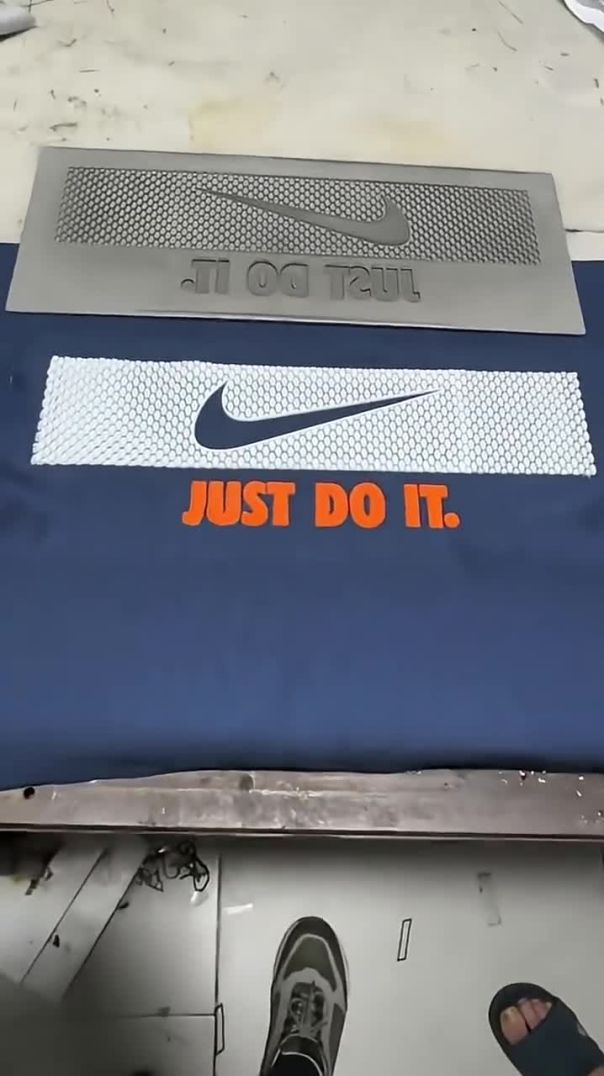

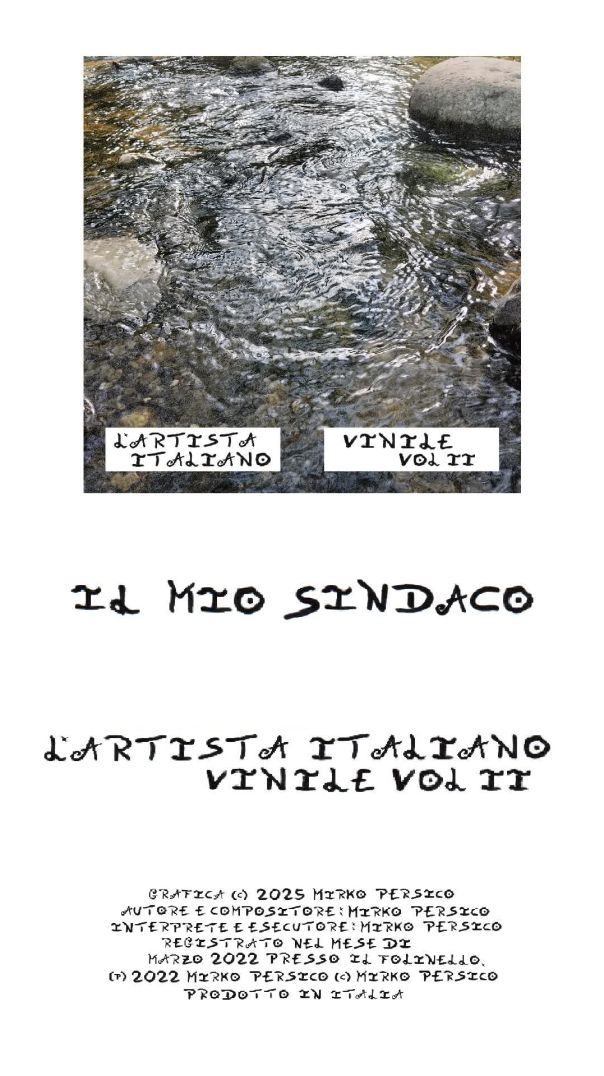

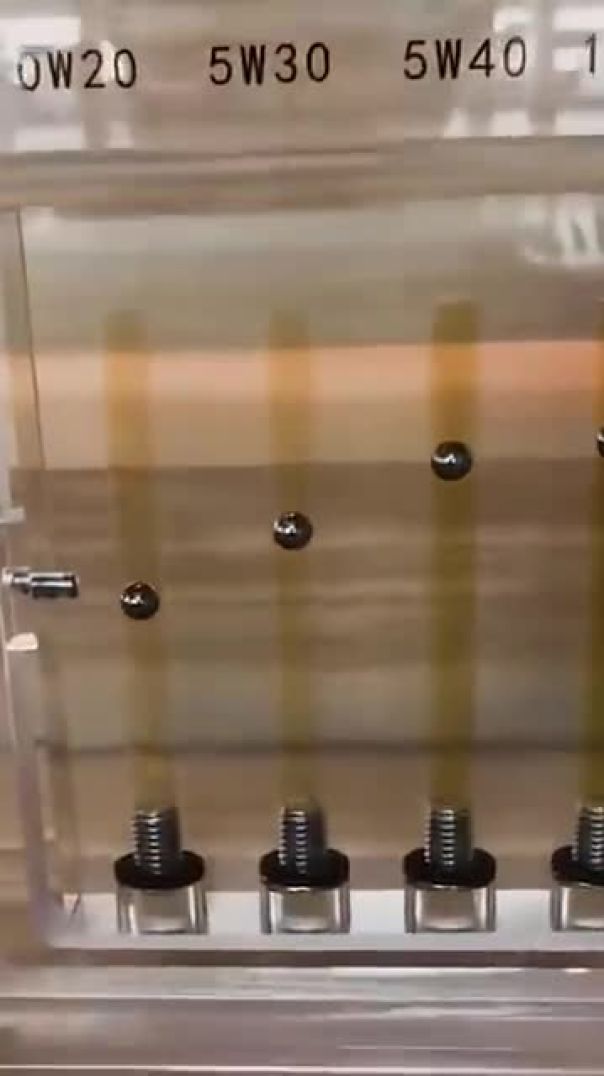


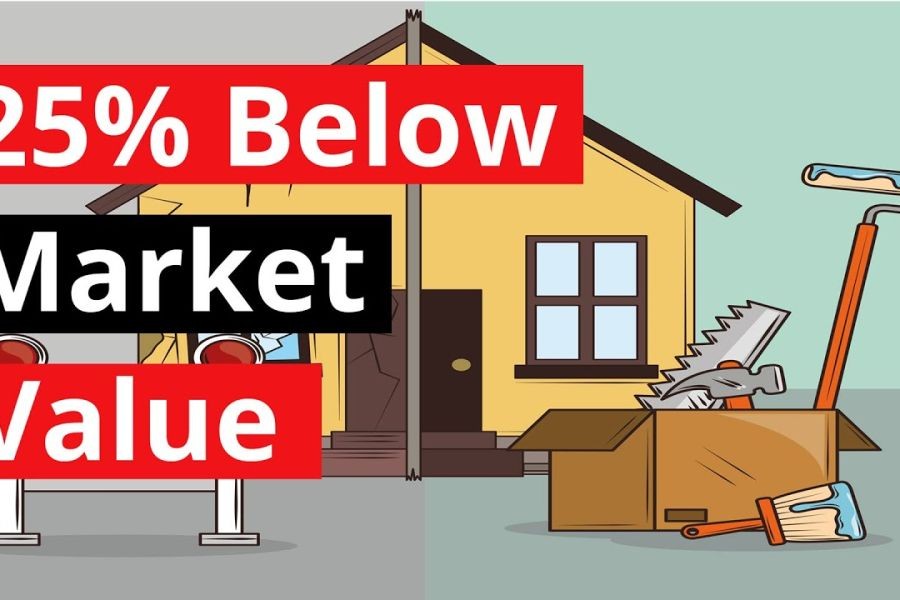
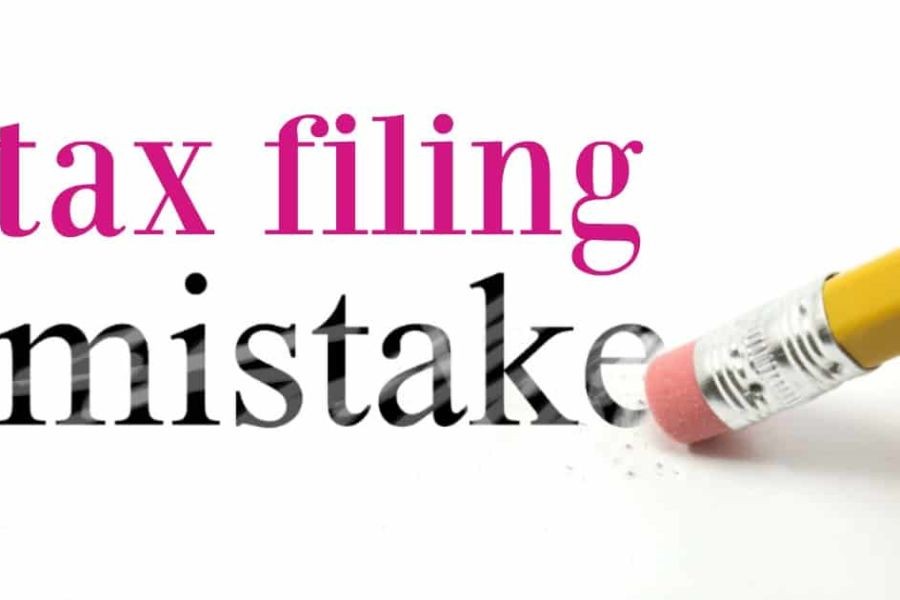







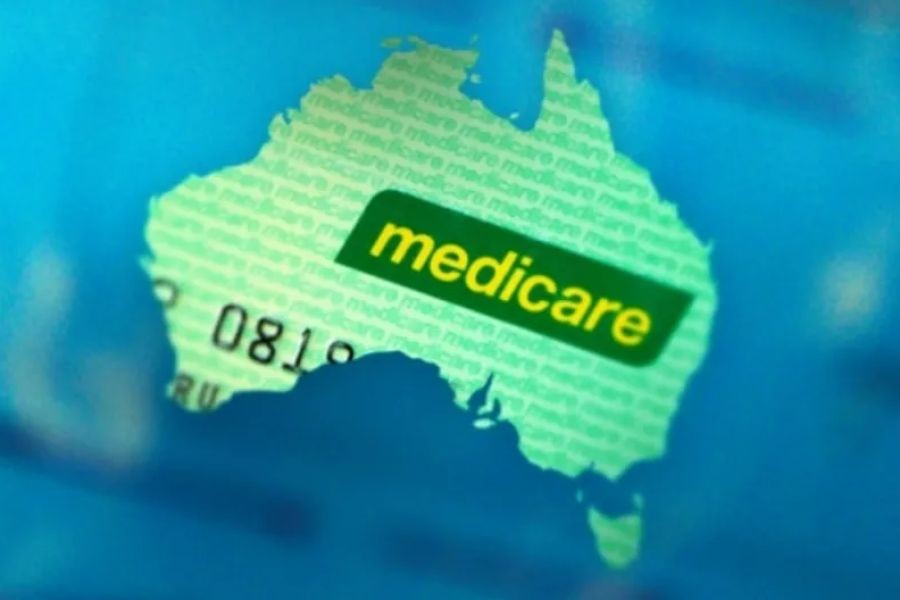
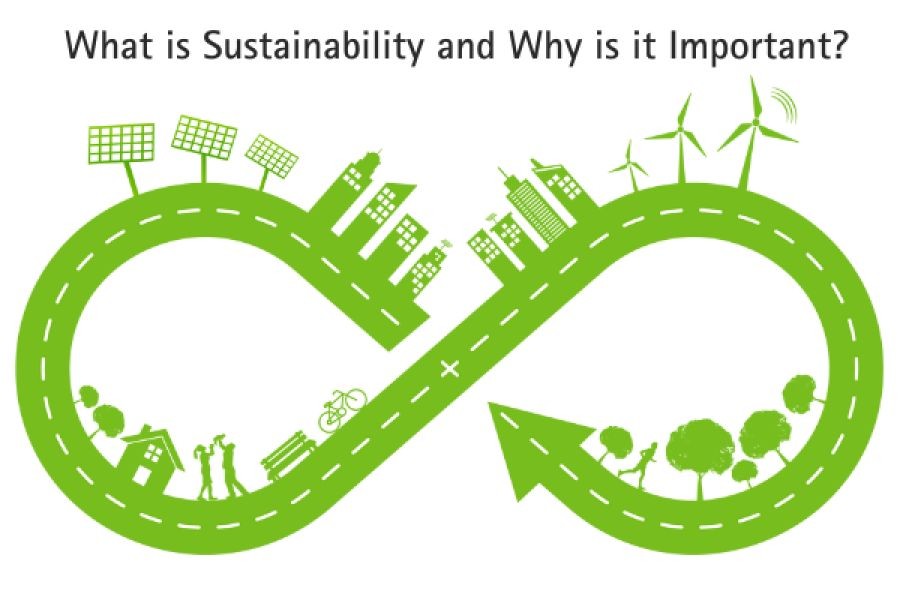



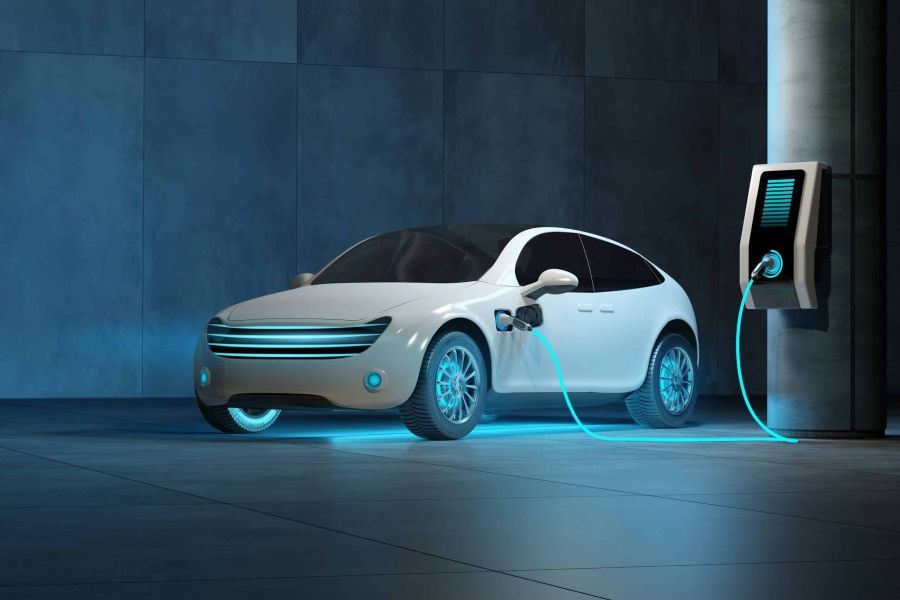

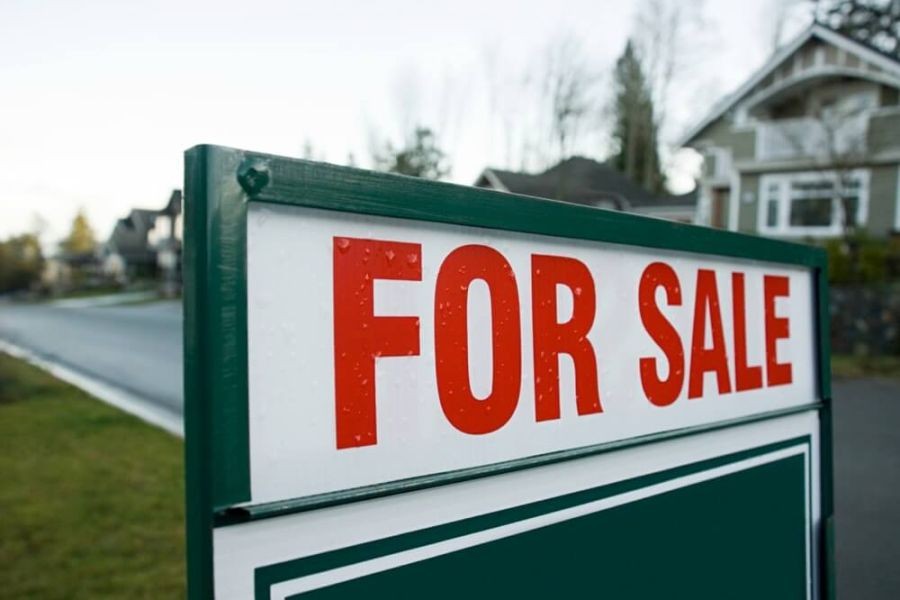
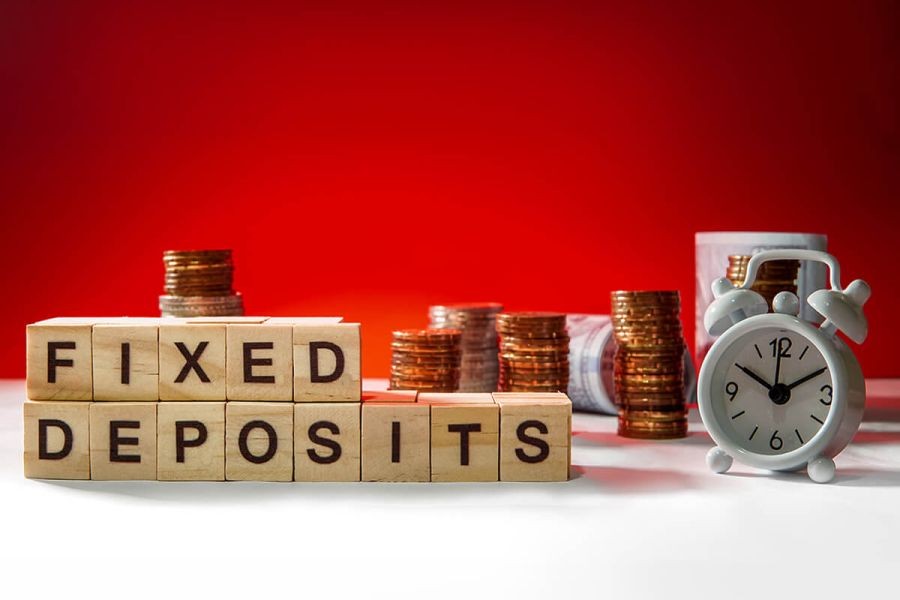




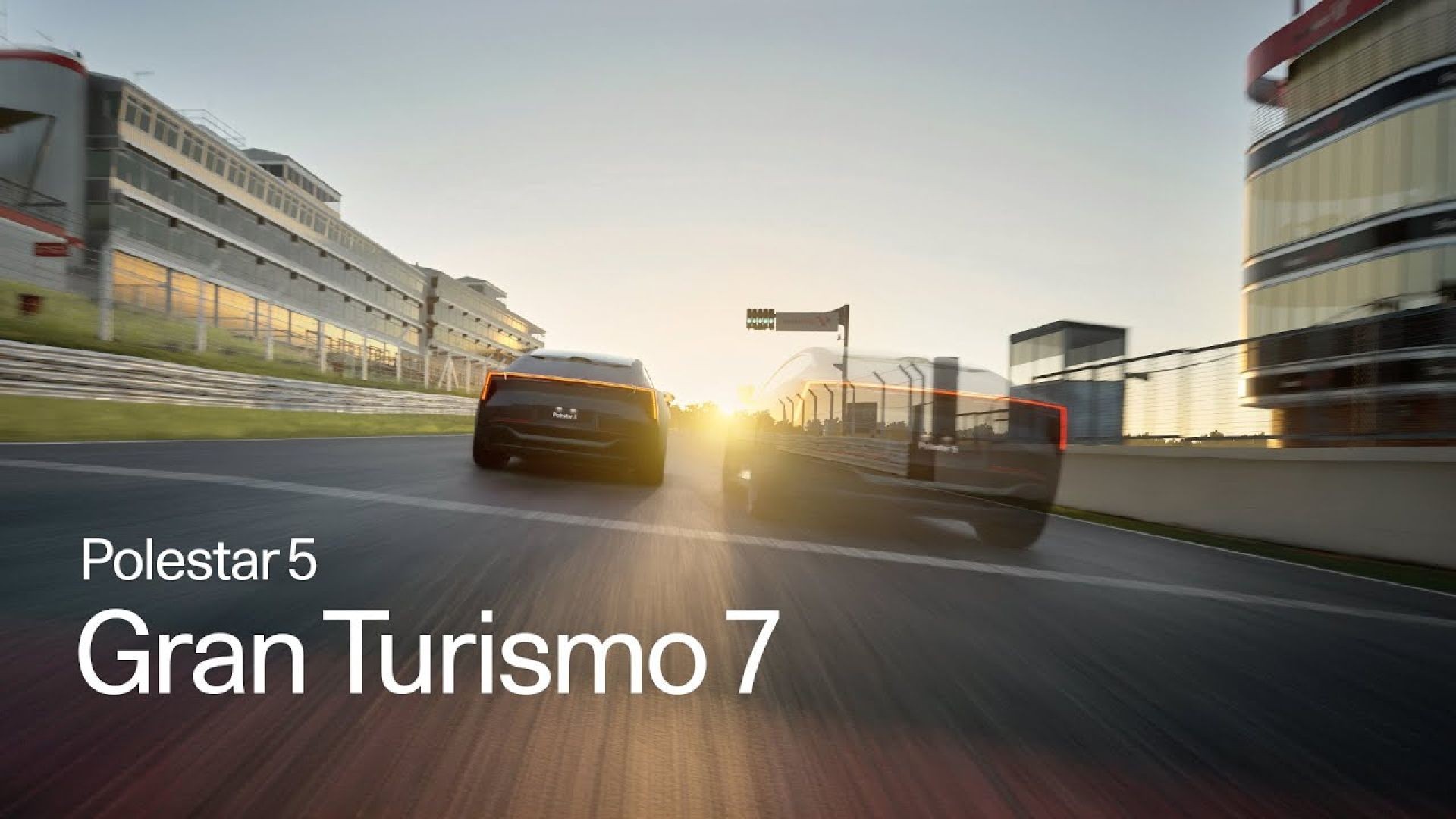
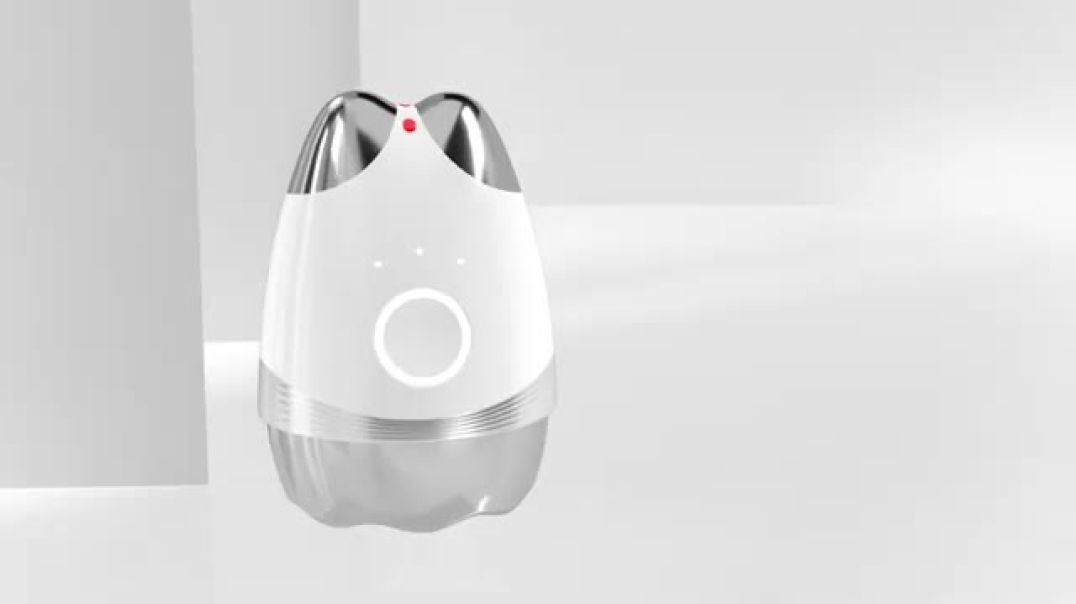
DorcasSted
4 months ago